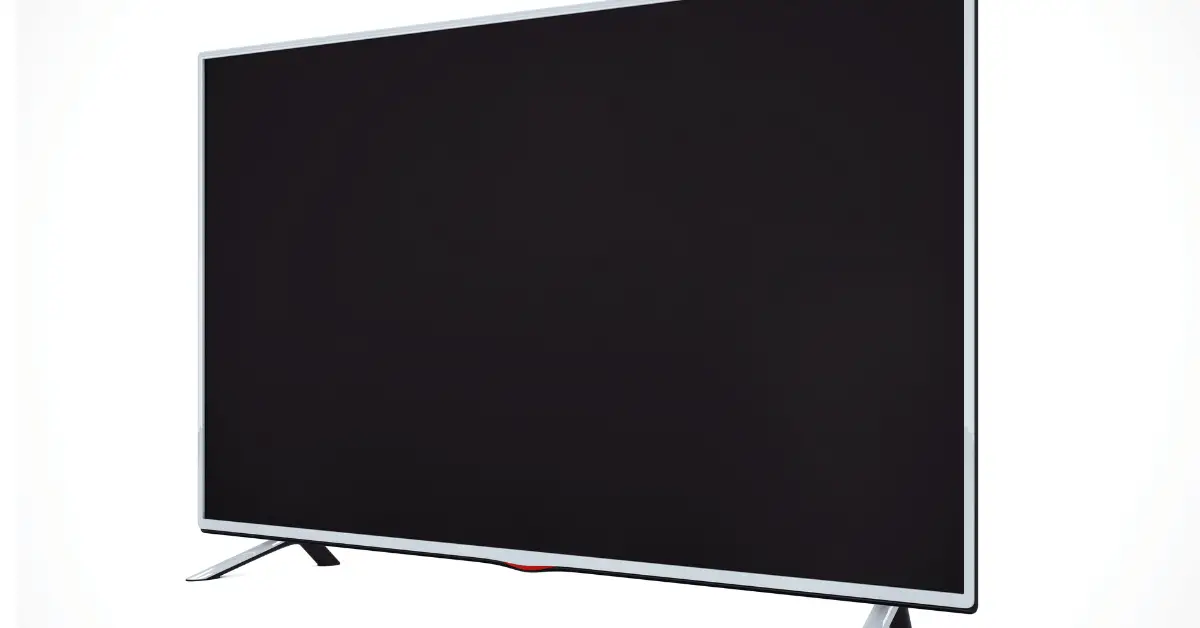When it comes to selecting a projector, there are two main types of technology to consider: DLP and 3LCD. Both of these technologies have their own unique advantages and disadvantages, and understanding the differences between them can help you make an informed decision when choosing the right projector for your needs. In this article, we’ll provide you with a guide on DLP vs 3LCD projector technology, explaining how each technology works, their pros and cons, and which one may be the best fit for your specific needs. By the end of this article, you’ll have a better understanding of the differences between DLP and 3LCD technology, helping you choose the right projector for your home or business.
Table of Contents
DLP vs 3LCD Projector Technology: Which Is Better?
When selecting a projector, you’ll likely come across two main types of technology: DLP and 3LCD. Both of these technologies have their own unique advantages and disadvantages, and understanding the differences between them can help you make an informed decision when choosing the right projector for your needs. In this article, we’ll provide you with a guide on DLP vs 3LCD projector technology, explaining how each technology works, their pros and cons, and which one may be the best fit for your specific needs.
DLP Projector Technology
DLP, or Digital Light Processing, is a technology developed by Texas Instruments that uses a microchip with thousands of tiny mirrors to create an image. These mirrors tilt back and forth to reflect light onto the screen, creating an image with high contrast and excellent color accuracy. DLP projectors are known for their excellent black levels, which is the measure of how black a black area of an image appears. They are also relatively compact and lightweight, making them ideal for portable use. However, DLP projectors may suffer from the “rainbow effect,” which is a phenomenon where some viewers may see flashes of color in their peripheral vision due to the way the mirrors work.
3LCD Projector Technology
3LCD projectors use a different technology than DLP, with three liquid crystal displays (LCDs) working together to create an image. The light source in a 3LCD projector is split into three primary colors: red, green, and blue, with each color passing through its corresponding LCD panel. The panels then combine the colors and project them onto the screen, creating a bright, high-quality image. 3LCD projectors are known for their excellent color accuracy and lack of the “rainbow effect.” However, they may not have the same deep black levels as DLP projectors, and they tend to be larger and heavier than DLP projectors.
Which Is Better?
So, which technology is better: DLP or 3LCD? The truth is, both technologies have their own advantages and disadvantages, and the choice depends on your specific needs and preferences. If you’re looking for a projector with excellent black levels and a compact design, a DLP projector may be the best fit for you. On the other hand, if you prioritize color accuracy and lack of the “rainbow effect,” a 3LCD projector may be the better choice. It’s essential to consider your viewing environment, the type of content you’ll be projecting, and your budget when choosing between DLP and 3LCD projectors.
What is the difference between 3LCD and DLP laser projector?
3LCD and DLP laser projectors are two types of projector technologies that use laser light sources. While they share some similarities, there are several key differences between them.
- Light Source The most significant difference between 3LCD and DLP laser projectors is their light source. 3LCD projectors use three separate LCD panels and a laser light source to produce images, while DLP projectors use a single chip with millions of tiny mirrors that reflect laser light onto the screen.
- Image Quality Both 3LCD and DLP laser projectors produce high-quality images, but there are some differences. 3LCD projectors are known for their excellent color accuracy, producing vibrant and true-to-life colors. In contrast, DLP projectors are known for their excellent black levels, producing deep and rich blacks. However, DLP projectors may produce the “rainbow effect,” where some viewers see flashes of color due to the way the mirrors work.
- Brightness DLP projectors are generally brighter than 3LCD projectors, making them better suited for larger screens or brighter environments. However, 3LCD projectors are catching up, with some models producing up to 10,000 lumens of brightness.
- Size and Portability DLP projectors are typically more compact and lightweight than 3LCD projectors, making them easier to transport and set up. However, 3LCD projectors are catching up in terms of size and weight, with some models being just as portable as DLP projectors.
- Cost Generally, 3LCD projectors are more expensive than DLP projectors. This is because 3LCD projectors require three separate LCD panels, which can be more expensive to manufacture than the single DLP chip.
Conclusion
In conclusion, when it comes to choosing between 3LCD and DLP laser projectors, there are several key differences to consider. 3LCD projectors offer excellent color accuracy and are catching up in terms of brightness and portability, while DLP projectors produce excellent black levels and are generally brighter and more compact. Additionally, 3LCD projectors are generally more expensive than DLP projectors. Ultimately, the choice between 3LCD and DLP laser projectors depends on your specific needs and preferences. Consider factors such as image quality, brightness, size, and cost when choosing between the two to ensure that you select the best projector technology to meet your needs and provide you with the best viewing experience possible.


